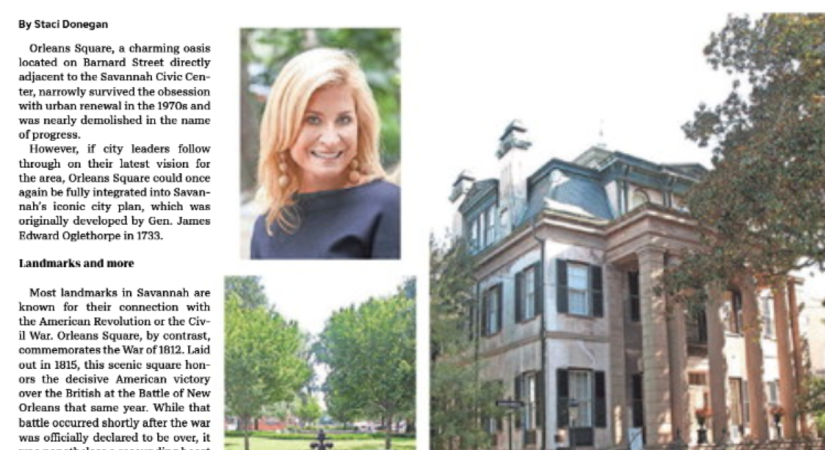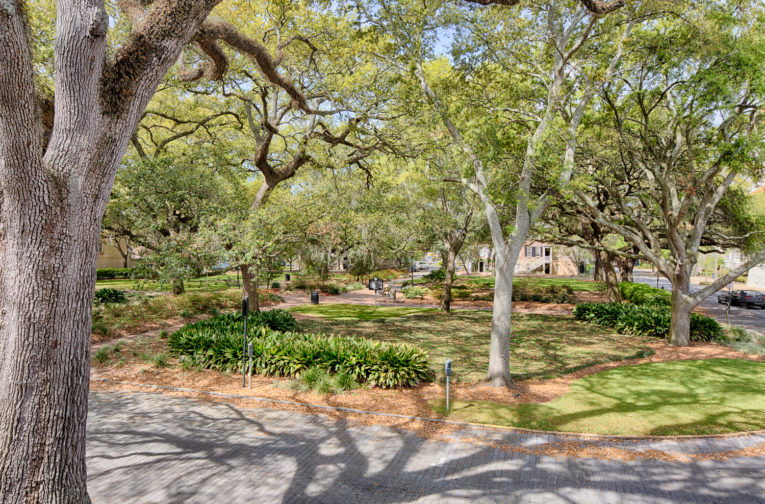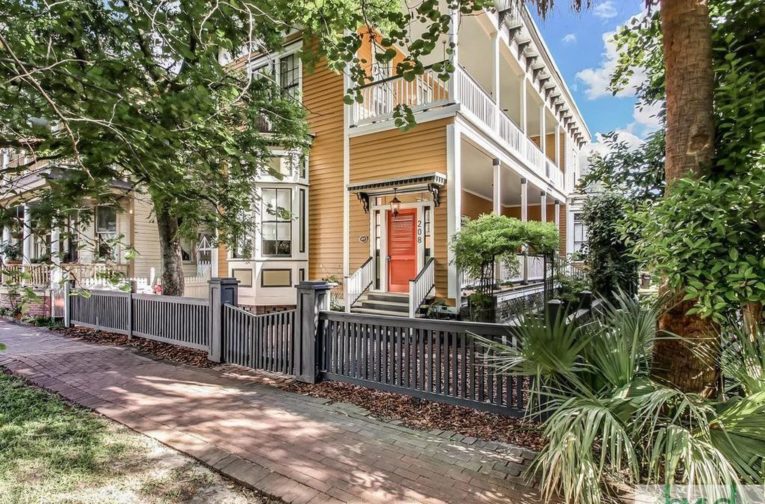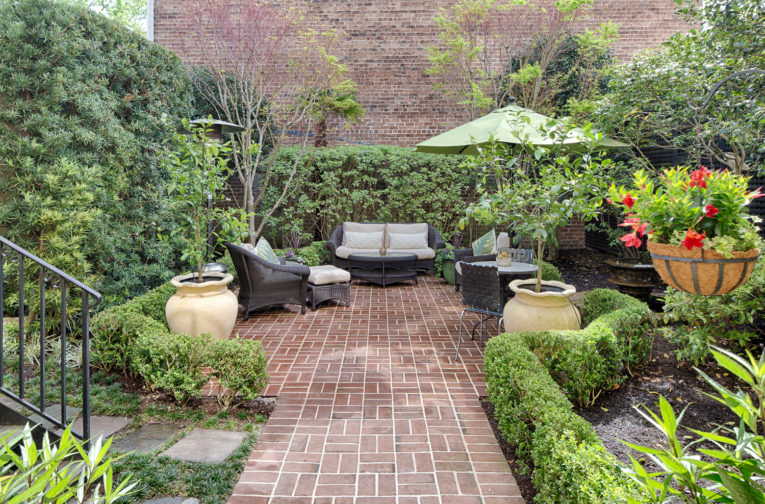Orleans Square, a charming oasis located on Barnard Street directly adjacent to the Savannah
Civic Center, narrowly survived the obsession with urban renewal in the 1970s and was nearly
demolished in the name of progress.
However, if city leaders follow through on their latest vision for the area, Orleans Square could
once again be fully integrated into Savannah’s iconic city plan, which was originally developed
by Gen. James Edward Oglethorpe in 1733.
Landmarks and more
Most landmarks in Savannah are known for their connection with the American Revolution or the Civil War. Orleans Square, by contrast, commemorates the War of 1812. Laid out in 1815, this scenic square honors the decisive American victory over the British at the Battle of New Orleans that same year. While that battle occurred shortly after the war was officially declared to be over, it was nonetheless a resounding boost to American morale, and cemented the reputation of future President Andrew Jackson, commander of U.S. forces at the battle.
Indeed, the city ward in which Orleans Square is located is named for President Jackson. Other notable nods to the War of 1812 in Savannah include Chippewa Square, which is named after another battle, and McDonough, Perry and Hull Streets, which are all named for U.S. naval heroes involved in the conflict.
Orleans Square features another unusual monument in its center: the German Memorial Fountain. This charming water feature honors the memory of the many German settlers to the Savannah and surrounding region. The fountain was installed in 1989 to mark the 250th anniversary of Savannah’s founding as well as the 300th anniversary of the arrival in Pennsylvania of the 13 families thought to be the first settlers of German descent in the Americas.
The oldest building on Orleans Square is the circa 1817 John Ash House located on the northeast corner. The most notable historic structure on the square, however, is the Greek Revival-style Harper Fowlkes House on the southeast corner. Built in 1844, this stately structure is currently owned by the Society of the Cincinnati, whose members trace direct lineage to George Washington’s officers during the American Revolution.
Center of showtime
While the Savannah Civic Center dominates the western side of Orleans Square, this isn’t the first time a large performance venue overlooked the square’s vista.
The Municipal Auditorium, built in 1916, was demolished in 1971 to make way for the Civic Center and what is now the Civic Center’s parking lot. With its beautiful Beaux Arts-style façade fronting on Barnard Street, the Auditorium was designed by famed local architect Henrik Wallin, who also designed such local landmarks as Savannah Arts Academy and the Armstrong Kessler Mansion just north of Forsyth Park.
Completed in 1974, the 9,700-capacity Savannah Civic Center arena outlived its marketability by the turn of the 21st century. While the new Enmarket Arena on Savannah’s westside is intended to host most major events, the future of the outmoded Civic Center complex – which includes the 2,500-seat Johnny Mercer Theatre – has not yet been decided.
The latest plan put forth by the City of Savannah is to demolish the arena portion of the Civic Center complex, retain the Johnny Mercer Theatre and erect a new city office building on the northwest corner of the huge parcel, near where the Cultural Arts Center is now.
A key feature of this plan – which is exciting to preservationists and urban planners alike – is the idea that the portion of parking lot contiguous with Orleans Square might be returned to the way it was before the Civic Center was built, restoring a total of two trust lots and four tithing lots back to Savannah’s original layout.
Savannah is a city with a remarkable history and incredible opportunities to buy and sell historic property. In today’s real estate market, it’s strategic to work with a local real estate professional who understands the value of Savannah’s history as well as its remarkable selection of historic homes.






